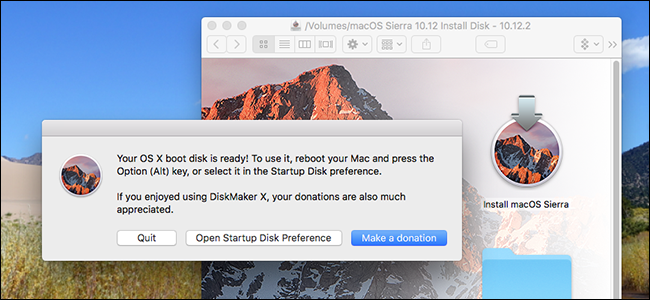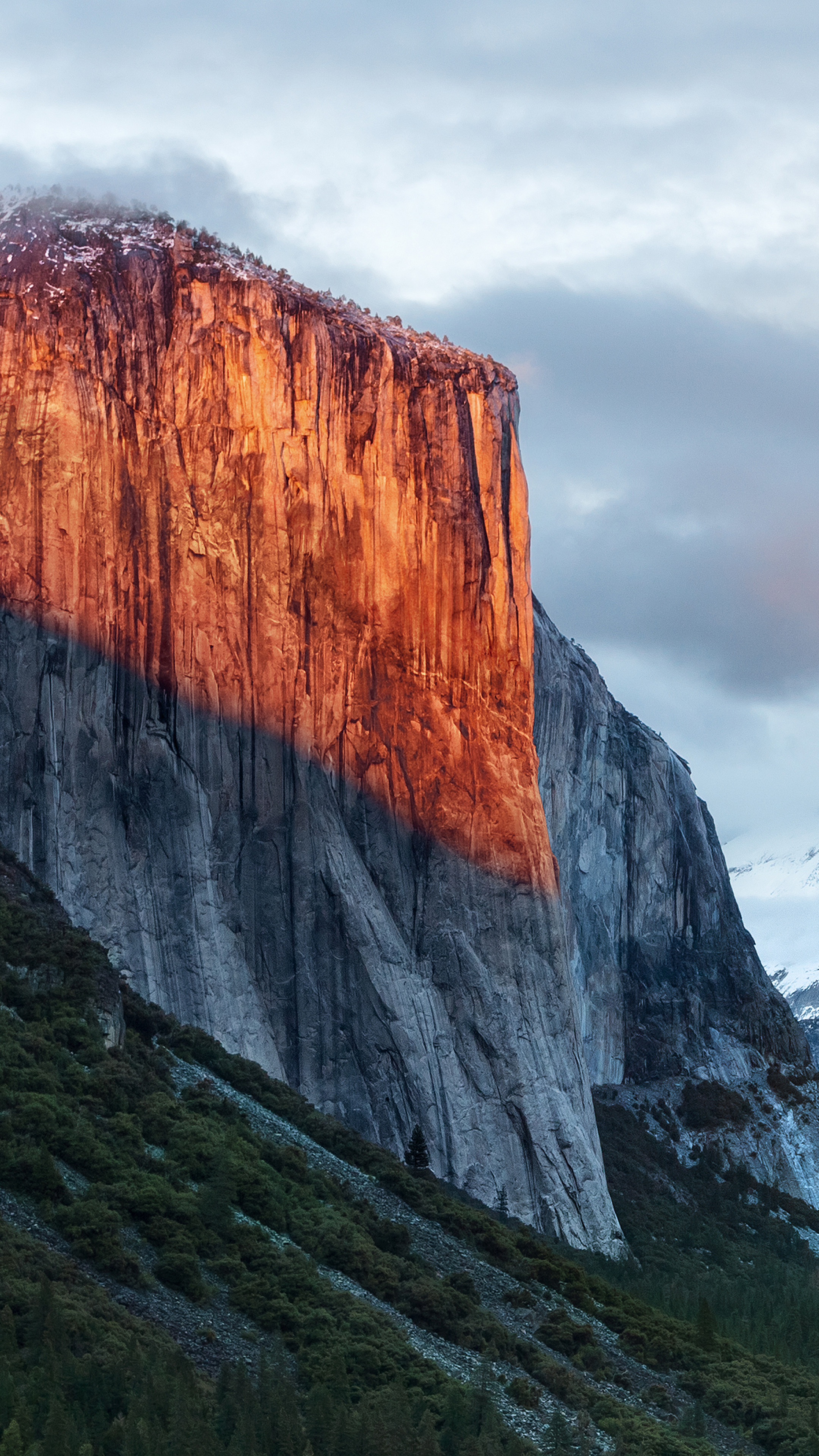An installation error occurs sometimes for when upgrading from OS X Snow Leopard to OS X Lion “Can’t download the additional components needed to install Mac OS X” – Check your network configuration as the install needs to pull down software over the internet.

- Mac OS X Leopard (version 10.5) is the sixth major release of macOS, Apple's desktop and server operating system for Macintosh computers. Leopard was released on October 26, 2007 as the successor of Mac OS X 10.4 Tiger, and is available in two editions: a desktop version suitable for personal computers, and a server version, Mac OS X Server.
- HFSExplorer is a free tool for accessing Mac partitions from within Windows, but it’s read-only so it won’t help you here. Write to Windows NTFS Partitions From OS X. Your Windows partition appears under Devices as BOOTCAMP on Mac OS X. Unfortunately, Mac OS X can only read this partition out of the box, not write to it.
- Mac OS X Lion (version 10.7) is the eighth major release of macOS, Apple's desktop and server operating system for Macintosh computers. A preview of Mac OS X 10.7 Lion was publicly shown at the 'Back to the Mac' Apple Special Event on October 20, 2010.
But the network configuration is OK.!
3gs 10.6 apache backup baseband Bing boot clean urls Coolest Guy on the Planet cpanel css custom database drupal el capitan git Google image instadmg ios iphone jailbreak keys lion mac macos mojave macos sierra menu mysql OSX panda php phpmyadmin private public redirect remote rsa SEO shell ssh terminal unstoppables urls Yahoo.

Dual Boot Mac Os X And Windows 7
Check that Software Update can connect directly to Apple Software Update Servers not a custom internal one, remove any Managed Preferences if it is a managed host.
Option 1
If that still doesn’t get rid of the message I have found on a device that the drive needed to be reformatted – the only thing different about the drive I was trying to install to was that it had a Boot Camp partition on it The Boot Camp partition might be a red herring but certainly reformatting the disk solved the issue.
So: Claw game for mac.

[unordered_list style=”green-dot”]
Boot Mac Os X
- clone the main HD drive to an external disk use CCC – link below
- boot from the external
- erase/reformat the main HD – use HFS Extended Journaled
- clone back the main HD from the external
- reboot from the main drive
- run the installation upgrade again
This time – no problems.
If you don’t care whats on the disk just erase it and run the upgrade, I wanted to keep all the data intact in my example, hence the clone back.
MacBook models are organized by the year they were introduced, starting with the most recent. Click the model name for detailed technical specifications. MacBook models from 2015 and newer can run the latest version of macOS. Mac air latest os version.
Cloning courtesy of the fantastic bombastic CCC.
Boot Mac Os X From Usb
Option 2
Boot Mac Os X Recovery Mode
Another potential solution is to remove any RAM over 4GB run the install and then put the additional RAM back in after – even then try and limit the RAM slots to one, so not 2GB in each – rather 1 slot with 4GB.
